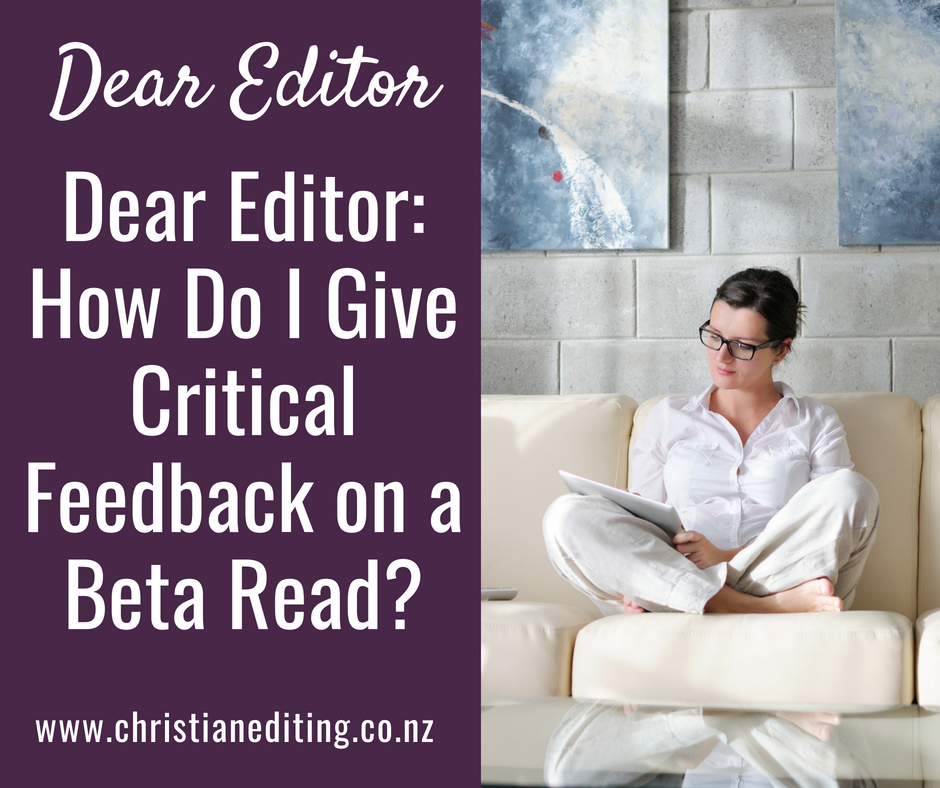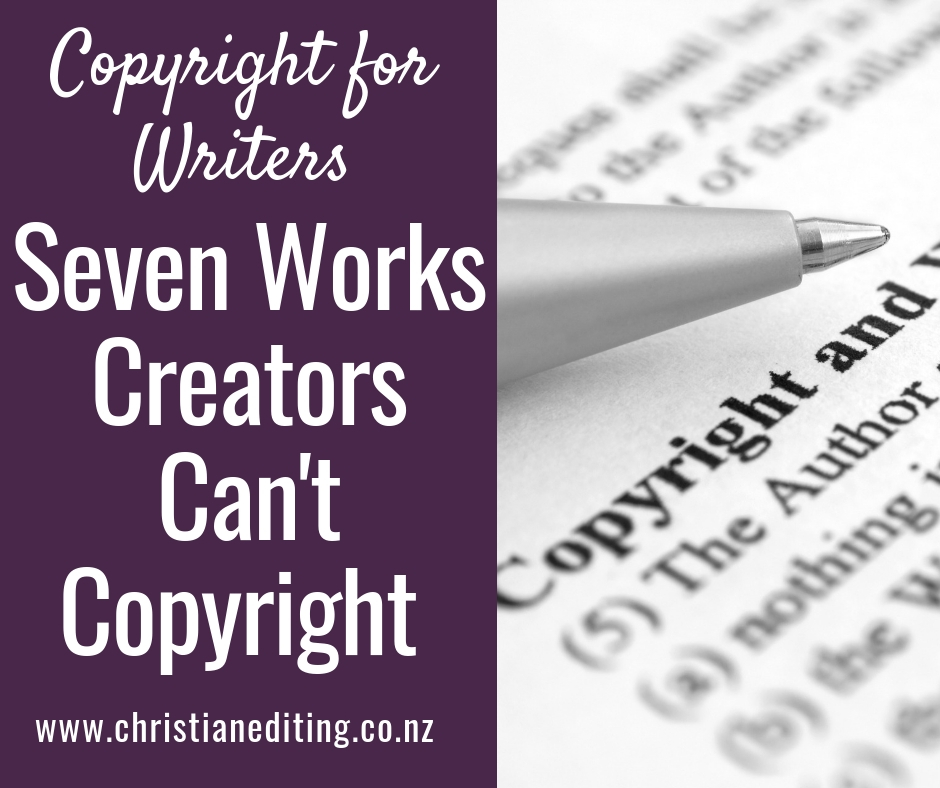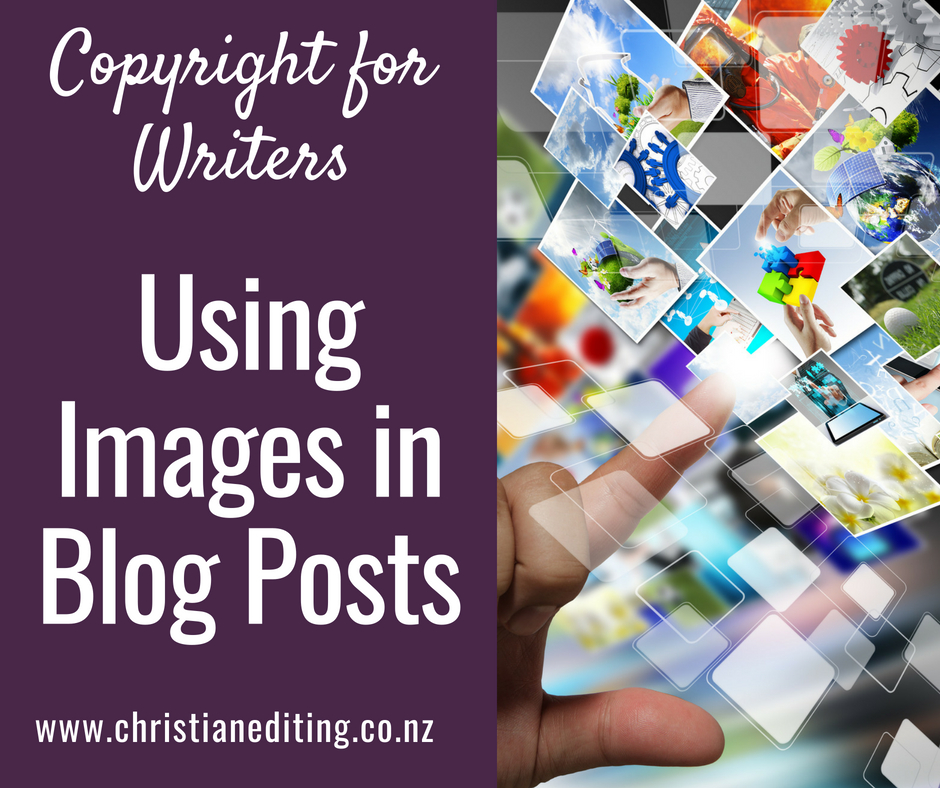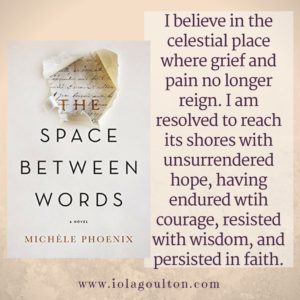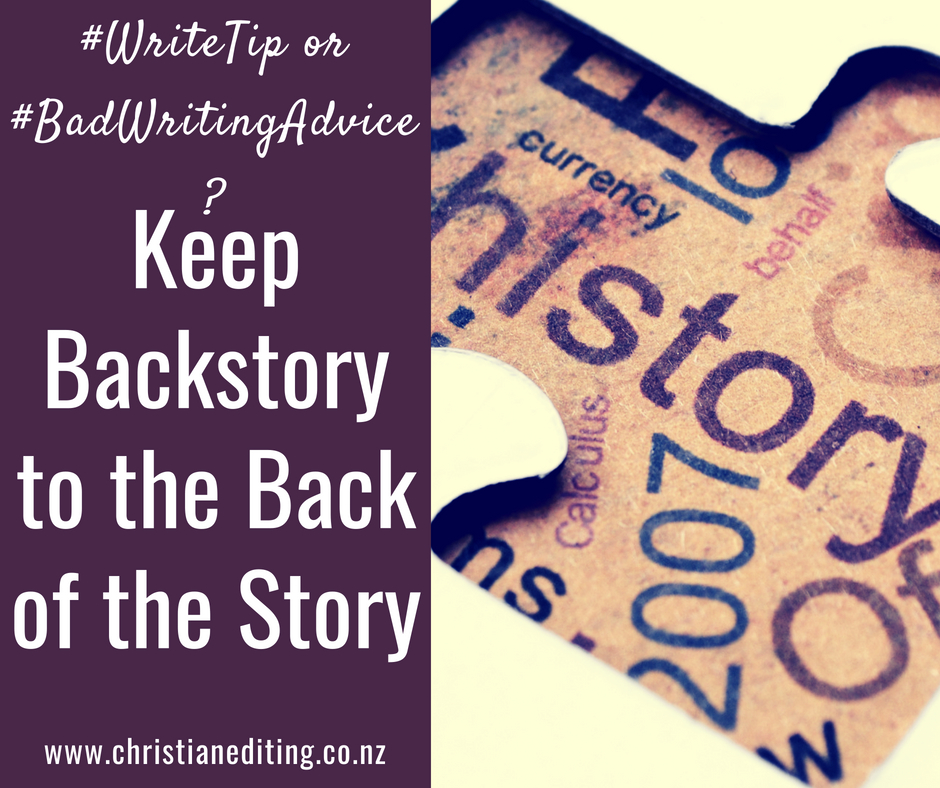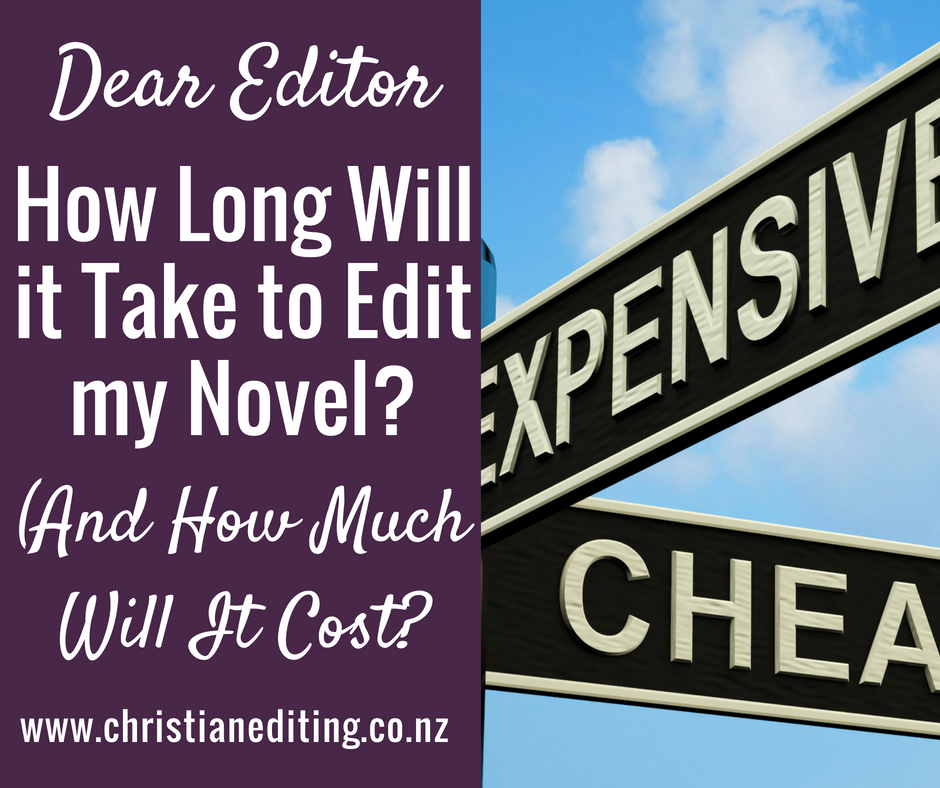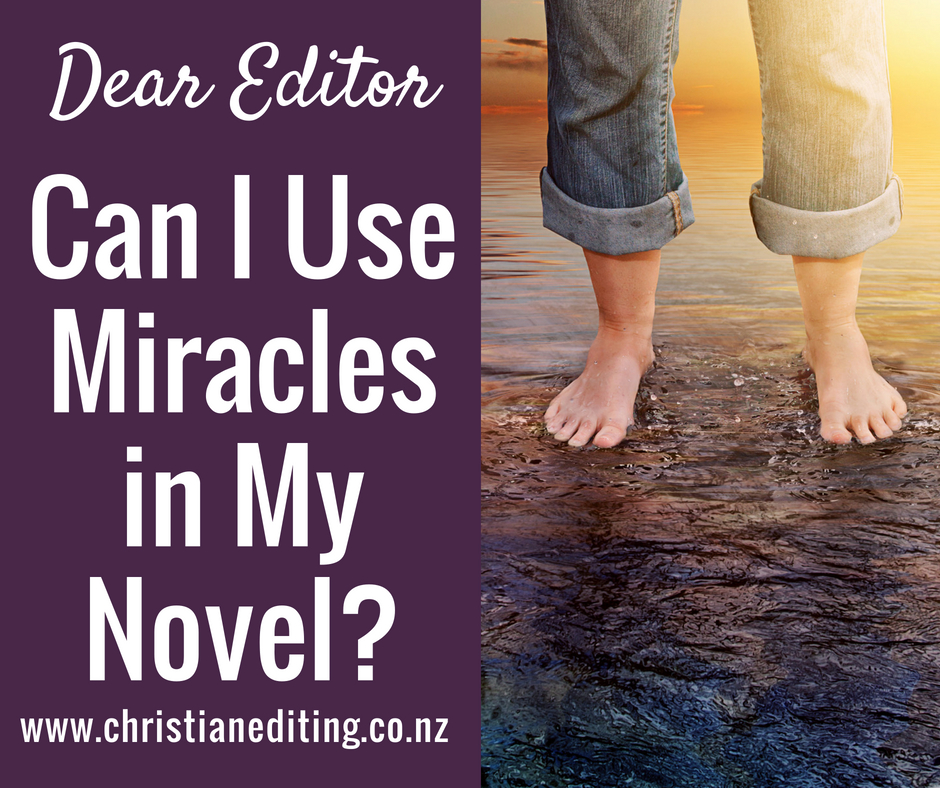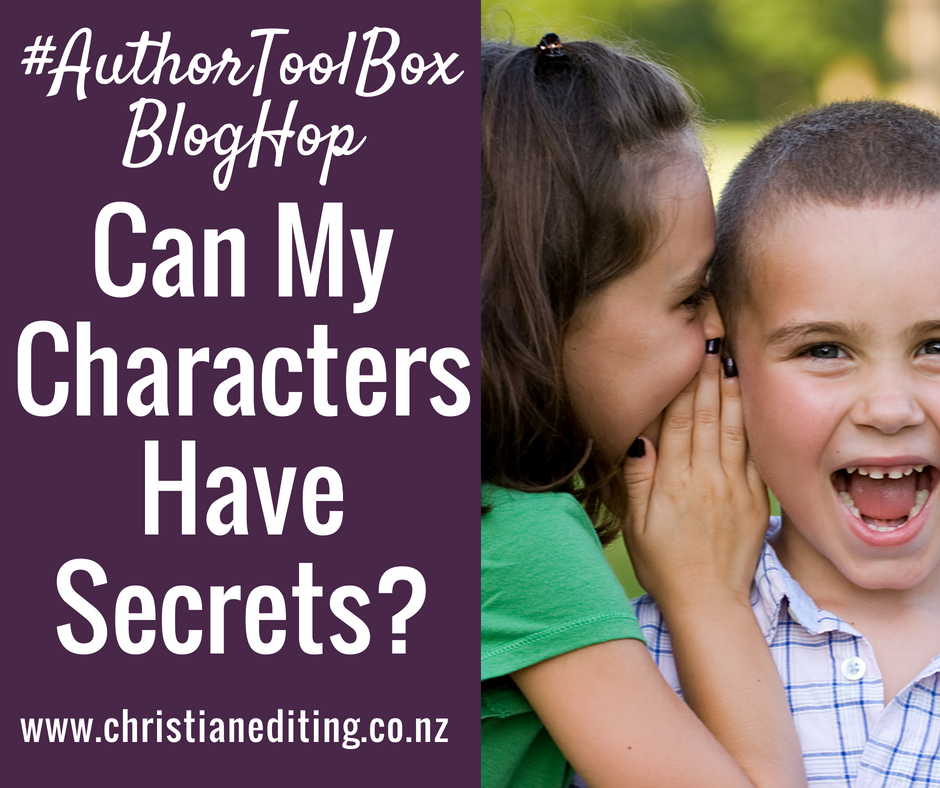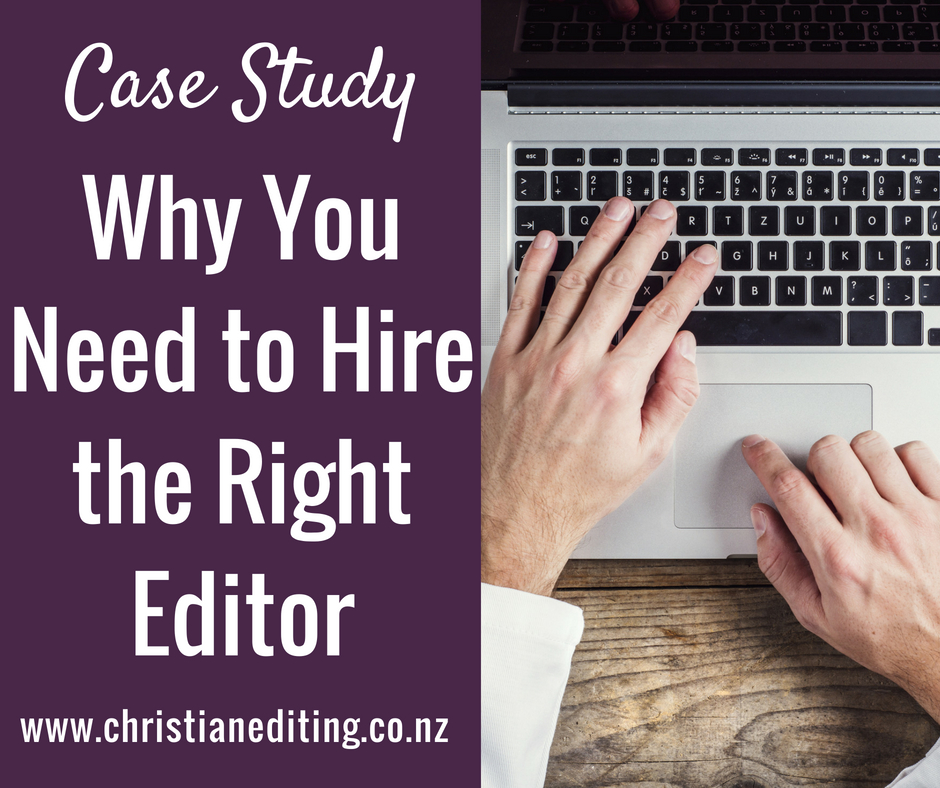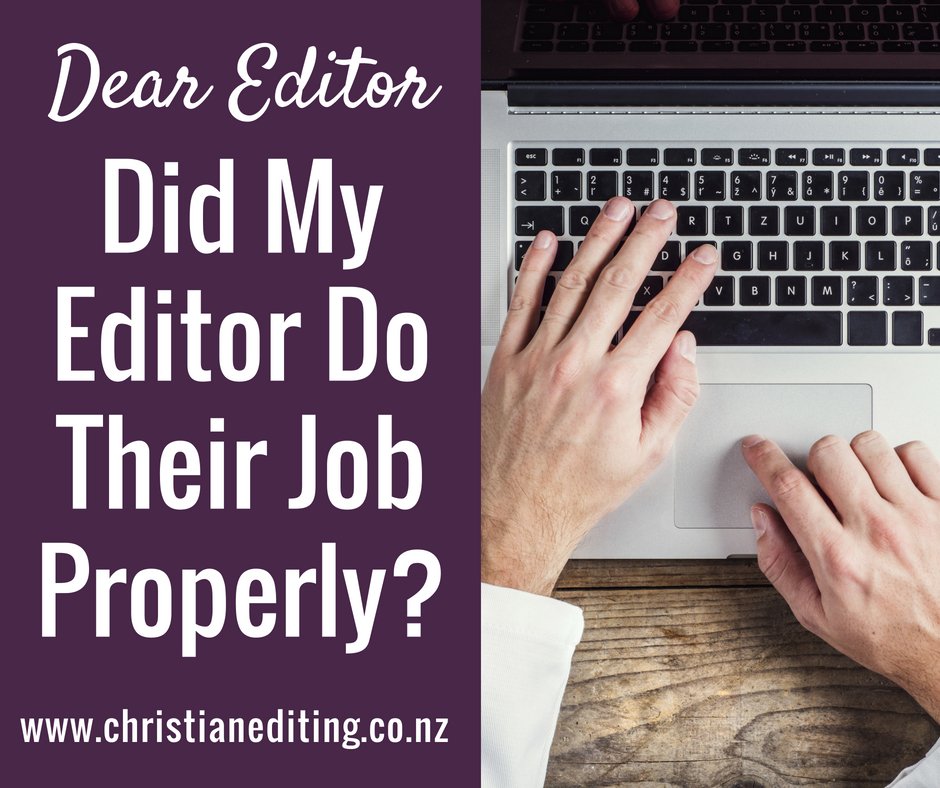It’s an awkward situation. An author friend has asked you to beta-read their book, and you agreed. But it needs work. What do you say when giving feedback?
Here are four possible approaches to giving feedback:
- Be complimentary
- Be clueless
- Be complimentary and critical
- Be critical
Be Complimentary
Personally, I don’t think being complimentary is a great idea. The point of a beta read is to find what needs improving in the story—and there is always something that can be improved. It doesn’t serve the writer or future paying readers if the beta reader only gives positive feedback … even if that’s what the writer wants. A writer has to be teachable, and someone who only wants compliments but no criticism isn’t teachable. And you’re not helping the writer grow if you only share the good news.
Be Clueless
I had one situation where an author approached me to review their book (I also have a book review blog. It helps me stay up-to-date with trends in Christian fiction). The story showed potential, but the editing was beyond awful—to the point where the novel was actually difficult to read.
I went back to the author and said they appeared to have sent me the unedited version, not the final version. I’d be happy to review the final version, but this version had too many errors for me to read and review fairly, because I’d have to mention the errors in my review.
I’m a freelance editor. It’s going to reflect badly on my editing skills if I give a stellar review to a book with obvious plot, character, or editing issues. Anyway, I never heard back from the author. I can only guess this was the final published version (edited or not). I suppose I could have offered the author my editing services, but I don’t want to give the impression I review books as a way of soliciting editing work. Because I don’t. (But if you want to hire me, email me via the About page.)
Be Complimentary and Critical
One piece of advice I often see is to use the compliment sandwich when giving feedback:
- Say something nice
- Give feedback on something that can be improved
- Say something else nice
I’ve heard this is the approach used by Toastmasters: when giving feedback, members have to find two things the speaker has done well for every suggestion for improvement. Employee performance reviews often take this approach.
I’ve found two potential issues with this approach:
- The person may hear (or read) the compliment at the beginning of the feedback and the compliment at the end, but discard the critical feedback in the middle of the sandwich. That pretty much misses the point of giving feedback.
- The compliment can come across as patronising: if I say you know how to write a grammatically correct sentence, you’re likely to think that’s a compliment for the sake of giving a compliment. After all, can’t everyone write a grammatically correct sentence? Actually, no. At least, not based on some of the books I’ve read.
As a result, I don’t use the compliment sandwich.
As a freelance editor, clients are paying me to help them improve their manuscripts. It’s not good use of my time or my clients’ money for me to spend twice as much time telling them what they’re doing well as I spend telling them what needs to improve.
But that’s not to say you shouldn’t use the compliment sandwich in beta reading. It might be the best approach for you, depending on your relationship with the author in question.
Be Critical
You might think this is easy for me to say. After all, I’m an editor. People are paying me to make their writing better—to criticise. And I’m a reviewer. Publishers offer me ebooks so I can provide an honest review.
But it’s not that easy.
I’m told some freelance editors hesitate to criticise, hesitate to “bite the hand that feeds them.” (I missed that memo.)
I also know from experience that when some authors say “honest review”, they mean “complimentary review”. I’ve seen authors ask for honest reviews, checked out the Kindle sample, and realised the last thing they want is an honest review*. Sure, they need one. But they don’t want one.
*For example, the “authors” who can’t write a grammatically correct sentence.
But this is where we get to the nuts and bolts of the question: how do you give critical feedback on a beta read?
This partly depends on how the author sees a beta read.
Some authors use beta readers as first readers, to identify and iron out developmental issues such as plot and characterisation issues. Other authors use beta readers after the book has been edited, to act as unpaid proofreaders, or first reviewers.
Neither approach is wrong—or right.
But it might help to know which approach the author has taken before offering feedback. If the author is using beta readers to test an early version of the manuscript, then my view is that any and all feedback should be welcome. But the feedback should focus on the big picture:
- Is there a clear story question?
- Is there a clear three-act (or four-act, or six-stage) structure?
- Is there a clear character arc, including character goals, motivation, and conflict?
- Does the novel meet genre expectations?
- Does the author use point of view correctly?
- Does the author show rather than telling?
- Are there any recurring writing issues the author should be aware of?
For example, provide a manuscript assessment service (a form of paid beta read). I often receive manuscripts where the writing is solid, but the main character has no clear goal, there is no clear structure, there is a lot of repetition, and the author consistently gets the punctuation of dialogue wrong.
But it’s not all bad: this is all fixable. I can see the potential for a plot, a structure, and a clear character GMC, but they are hidden behind excessive repetition.
If the book you’ve beta read is an early version, then the author should be expecting feedback on these basic issues. As a reader, you should expect the writing to need work—it hasn’t been line edited or copyedited, so it will need work.
But what if you’re not the first reader? What if you know the book has already been edited, and it’s still not stellar?
This is where giving feedback gets difficult.
Is the fault with the writing or with the editing?
If you’re beta reading an edited book, you have to ask: is the problem with the writing or with the editing? Or both?
It could be that the author didn’t know what kind of editing the novel needed, so hired the wrong kind of editor. It could be that the author hired the cheapest editor (who proofread when the novel needed a line editor).
Or it could be that the author hired an excellent editor, then ignored the editor’s feedback. I’ve had this happen. I’ve copyedited or proofread books where I’ve given the author advice on how to improve the book, and they’ve chosen to ignore me.
If an author is self-publishing, the editing is the author’s responsibility. They write the book. They select the editor. They choose whether to accept or reject the editor’s advice.
(Traditional publishing is another matter. The author is under contract, and the publisher won’t publish a novel that doesn’t meet their standards. That might mean the author has to allow changes they don’t agree with.)
So it’s important to know whether you’re a first reader or a last reader before you give feedback, so you can concentrate on the right things.
Giving Feedback
Here are my tips for giving feedback:
State Your Assumptions
If you’re assuming the manuscript hasn’t been edited, say so. It’s kinder than saying it hasn’t been edited well (even if that’s what you think). Then cite specific examples and sources of areas that need editing, so the author knows this isn’t you being mean. It’s you sharing knowledge.
Be Clear
Giving feedback is not a time for obfuscation or eregious advice. Say what you mean, and say it clearly.
Cite Sources
If you’re giving feedback on a technical craft issue (e.g. plot, structure, characterisation, or point of view), then cite the source of your advice. Where possible, quote from a relevant craft book from a recognised author or publisher (e.g. James Scott Bell or Writer’s Digest) rather than random blog posts or Pinterest pins (which might be wrong … like that “101 alternatives to ‘said'” pin).
Cite Examples
If there were parts of the manuscript which puzzled you e.g you couldn’t tell which character was speaking, or you didn’t understand something, then cite the exact example. It doesn’t help the author if you say you didn’t understand some things. It does help if you quote specific sentences and say what you didn’t understand.
Focus on the Writing
Critiquing a manuscript is just that. Critiquing a manuscript. Critique the writing, but do not critique the writer (which is one of the reasons I don’t edit non-fiction—it’s a lot easier to stick to critiquing the writing in fiction!
Finally …
Finally (or first), remind the author that all professional writers go through an extensive revision and editing process. It’s only the amateur who thinks a novel can be written in two weeks, and published the next. Seeking feedback from trusted advisors is an important and necessary part of being a professional writer.
The author friend who asked you to beta read is already several steps ahead of the pack. They’ve completed a manuscript. They’ve asked for feedback. Now they need to assess that feedback (from you, and from others), and incorporate the best feedback into their manuscript.

